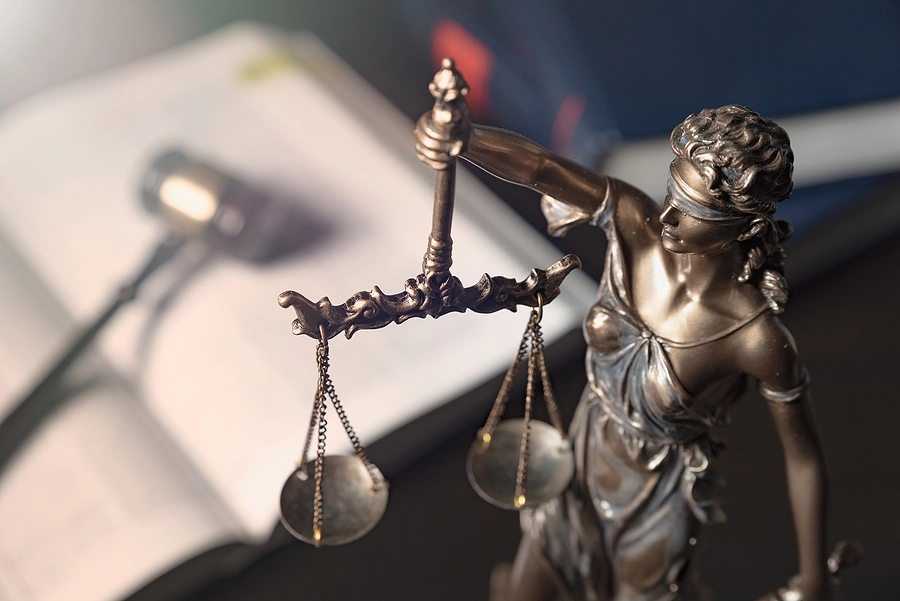When a defective product causes injury, the path to justice often depends on solid evidence. In Texas, victims of product defects have the right to pursue compensation, but proving liability can be challenging without careful documentation. Preserving evidence is a critical step in building a strong product liability case. It ensures that key details about the product, the circumstances of the accident, and the resulting injuries are available for legal review. Understanding how to handle evidence correctly can make a significant difference in the outcome of your case.
What Product Liability Cases Involve
Product liability cases arise when a defective or unsafe product causes harm. Defects may result from manufacturing errors, design flaws, or inadequate warnings. Common examples include faulty household appliances, defective automotive parts, dangerous toys, and contaminated food products. Texas law holds manufacturers, distributors, and sometimes retailers responsible for injuries caused by defective products.
To succeed in a product liability claim, it is necessary to prove that the product was defective, that the defect caused the injury, and that the injury led to measurable damages. Evidence is essential in establishing each of these elements.
Why Preserving Evidence Is Crucial
Preserving evidence serves several purposes. First, it allows attorneys to understand the circumstances surrounding the injury. Second, it protects your legal rights by ensuring that important information is not lost or destroyed. Third, it strengthens the credibility of your claim in court.
Without proper evidence, defendants may argue that the injury was caused by misuse, negligence, or unrelated factors. Courts often rely heavily on tangible proof, expert analysis, and documentation to determine liability. Losing or damaging evidence can seriously weaken a case.
Types of Evidence to Preserve
In product liability cases, several types of evidence are particularly important. These include:
- The Defective Product Itself
Whenever possible, keep the product in its original condition. Do not attempt to repair, modify, or clean it. Even small changes can affect the ability of experts to evaluate the defect. - Packaging and Instructions
Retain any packaging, labels, manuals, or warnings that came with the product. These materials can demonstrate whether the manufacturer provided adequate instructions or warnings. - Photographs and Videos
Document the product and your injuries as soon as possible. Take clear photos of the product, any damage, and the environment where the injury occurred. Videos can provide additional context and support your account of events. - Receipts and Proof of Purchase
Keep receipts, invoices, or warranty information. Proof of purchase establishes a link between you and the defective product, which is necessary to file a claim. - Medical Records
Document all medical treatment related to the injury. Include emergency care, ongoing therapy, medications, and any long-term complications. Medical records help demonstrate the extent of damages. - Witness Statements
If someone observed the incident, ask them to provide a statement. Witness accounts can corroborate your story and clarify how the injury happened.
The Role of Expert Analysis
In many product liability cases, expert testimony is essential. Engineers, medical professionals, and safety specialists can examine the product, identify defects, and explain how the defect caused the injury. Experts rely on preserved evidence to conduct accurate evaluations. Without access to the original product or supporting documentation, their analysis may be limited or dismissed in court.
Avoiding Common Mistakes
Many victims unintentionally compromise their cases by mishandling evidence. Common mistakes include:
- Disposing of the product before consulting an attorney.
- Attempting to repair or clean the product.
- Failing to document injuries promptly.
- Relying solely on memory instead of photographs or written records.
To avoid these errors, it is important to act quickly after the injury and seek legal guidance. A personal injury lawyer experienced in product liability can advise you on proper evidence preservation and ensure that your rights are protected.
Legal Obligations and Spoliation Concerns
In Texas, failing to preserve evidence can have legal consequences. Courts may issue sanctions or limit claims if they find that evidence was destroyed intentionally or negligently. This is known as spoliation. Even accidental destruction of evidence can weaken your position and affect the amount of compensation you can receive.
Taking proactive steps to secure the product, documentation, and other materials demonstrates diligence and helps avoid disputes about evidence handling.
How an Attorney Can Help
Navigating a product liability case can be complex. An experienced personal injury lawyer can guide you through each step, from collecting and preserving evidence to filing a claim and negotiating with insurers. Lawyers can also coordinate expert evaluations, gather witness statements, and ensure compliance with Texas laws and deadlines.
Early legal involvement is particularly important. The sooner you consult an attorney after an injury, the better your chances of preserving critical evidence and building a strong case.
Protecting Your Rights in Product Liability Cases
Acting quickly to preserve evidence is critical for anyone pursuing a product liability claim. Proper documentation, photographs, expert evaluations, and medical records are essential to show that a defective product caused your injury. Securing the product and related materials early helps protect your legal rights and strengthens your case. If you or a loved one has been harmed by a defective product in Texas, it is important to seek professional guidance without delay. Chelsie King Garza is committed to assisting victims in obtaining the compensation they deserve. Contact her today to discuss your situation and ensure your evidence is properly preserved for a strong claim.


